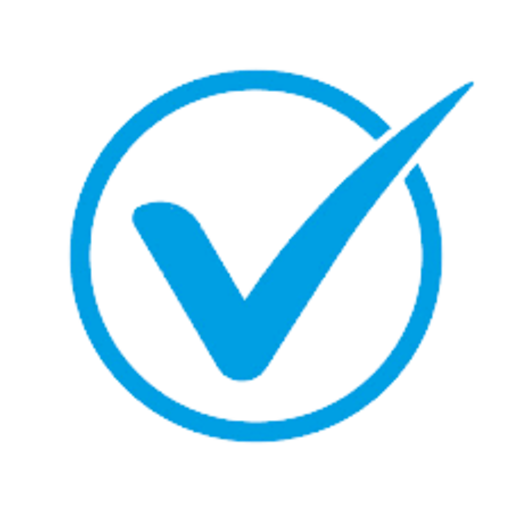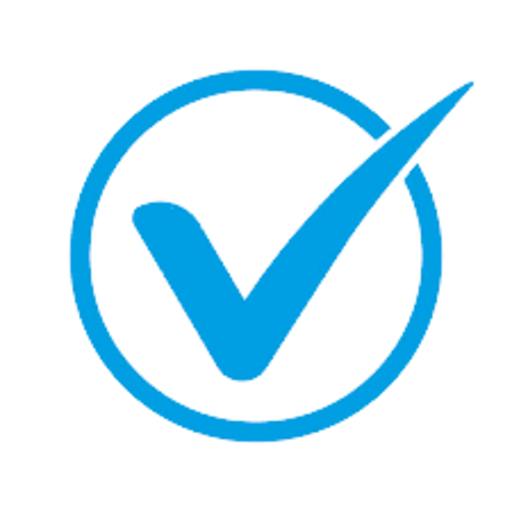What is IoT? Understanding the Internet of Things
The Internet of Things (IoT) is revolutionizing the way we interact with technology, bridging the gap between the physical and digital worlds. IoT refers to the network of interconnected devices that collect, share, and act on data through the internet, enabling smarter, more efficient systems.
What is IoT?
IoT stands for the "Internet of Things," a term that encompasses a vast ecosystem of devices, sensors, and software that communicate with each other over the internet. These "things" can range from everyday objects like smart home appliances to complex industrial machinery. By embedding devices with sensors, software, and connectivity, IoT enables real-time data exchange and automation.
Key Components of IoT
-
Devices and Sensors: Physical devices equipped with sensors to collect data (e.g., temperature, motion, humidity).
-
Connectivity: Devices use protocols like Wi-Fi, Bluetooth, or cellular networks to communicate.
-
Data Processing: Data is processed locally (edge computing) or in the cloud to derive insights.
-
User Interface: Applications or dashboards allow users to interact with IoT systems.
How Does IoT Work?
IoT operates on a framework of interconnected devices that share data via the internet. Here’s how it works:
-
Data Collection: Sensors capture data from the environment or the device itself.
-
Data Transmission: The collected data is sent to a central system or cloud platform using network protocols.
-
Data Processing and Analysis: The data is analyzed to extract meaningful insights or trigger automated responses.
-
Actionable Outcomes: Based on the analysis, devices may perform actions or notify users.
Example of IoT in Action
A smart thermostat is a classic example of IoT:
-
Sensors monitor the room’s temperature.
-
The thermostat communicates with a cloud server to optimize heating or cooling.
-
Users can control the thermostat remotely using a smartphone app.
Applications of IoT
IoT has found applications across diverse industries, transforming the way we live and work. Some key areas include:
1. Smart Homes
-
Devices like smart lights, locks, and security cameras enhance convenience and safety.
-
Voice assistants (e.g., Alexa, Google Assistant) provide seamless control over connected devices.
2. Healthcare
-
Wearable devices like fitness trackers and smartwatches monitor health metrics.
-
IoT-enabled medical devices support remote patient monitoring and diagnostics.
3. Industrial IoT (IIoT)
-
Factories use IoT for predictive maintenance, monitoring equipment health to prevent downtime.
-
Supply chain optimization through real-time tracking of goods.
4. Agriculture
-
Smart sensors monitor soil moisture, weather conditions, and crop health.
-
Automated irrigation systems conserve water and improve yields.
5. Smart Cities
-
IoT-powered streetlights and traffic systems improve energy efficiency and reduce congestion.
-
Sensors monitor air quality, enabling proactive environmental measures.
Benefits of IoT
-
Efficiency: Automation reduces manual intervention and improves productivity.
-
Cost Savings: Predictive maintenance and optimized resource usage save money.
-
Convenience: IoT devices simplify everyday tasks and enhance user experience.
-
Data-Driven Decisions: Insights from IoT data support informed decision-making.
Challenges of IoT
While IoT offers numerous advantages, it also comes with challenges:
-
Security: Devices are vulnerable to cyberattacks if not properly secured.
-
Privacy: Extensive data collection raises concerns about user privacy.
-
Interoperability: Lack of standardization can lead to compatibility issues.
-
Scalability: Managing a growing number of devices requires robust infrastructure.
Future of IoT
The IoT industry is rapidly evolving, with advancements in AI, 5G, and edge computing driving innovation. Emerging trends include:
-
Smart Healthcare: Enhanced remote monitoring and AI-assisted diagnostics.
-
Autonomous Vehicles: IoT enables communication between vehicles and infrastructure.
-
Sustainable Solutions: IoT supports renewable energy management and waste reduction.
Conclusion
The Internet of Things is reshaping industries and our daily lives by creating smarter, interconnected systems. As technology continues to advance, IoT will play an even more significant role in driving innovation, efficiency, and convenience. Embracing IoT opens up a world of possibilities, making the future more intelligent and connected.
- Art
- Causes
- Crafts
- Dance
- Drinks
- Film
- Fitness
- Food
- Jocuri
- Gardening
- Health
- Home
- Literature
- Music
- Networking
- Alte
- Party
- Religion
- Shopping
- Sports
- Theater
- Wellness




